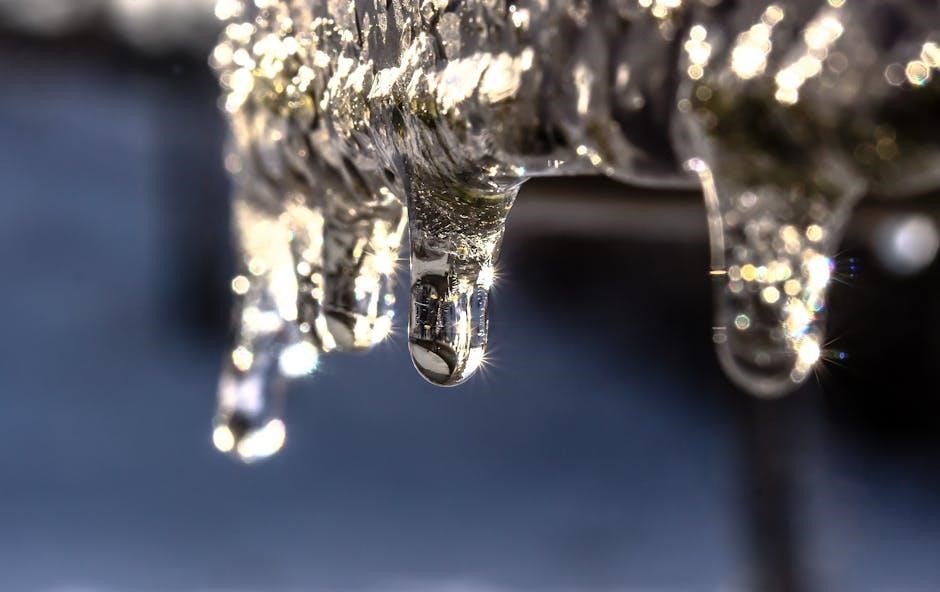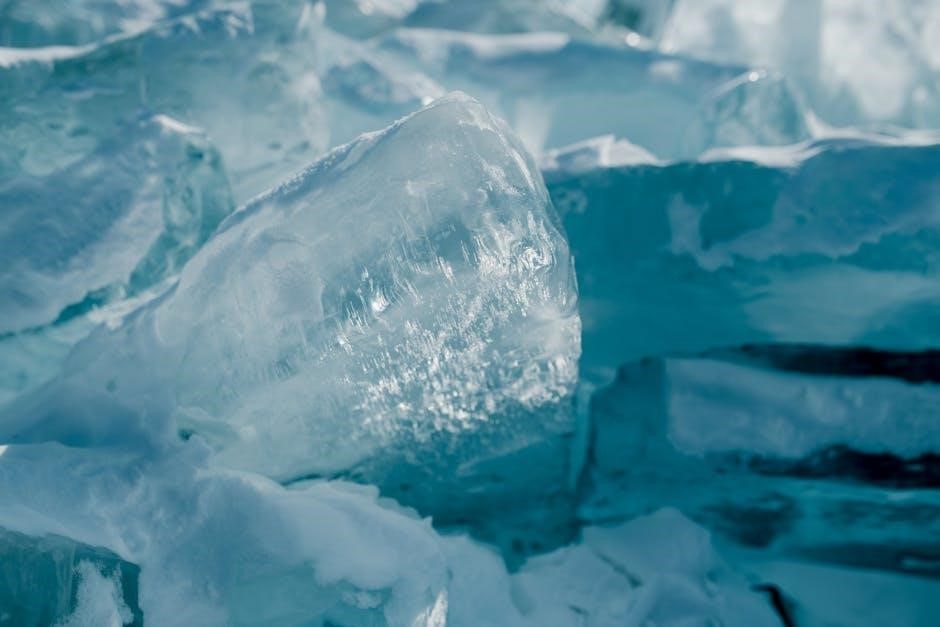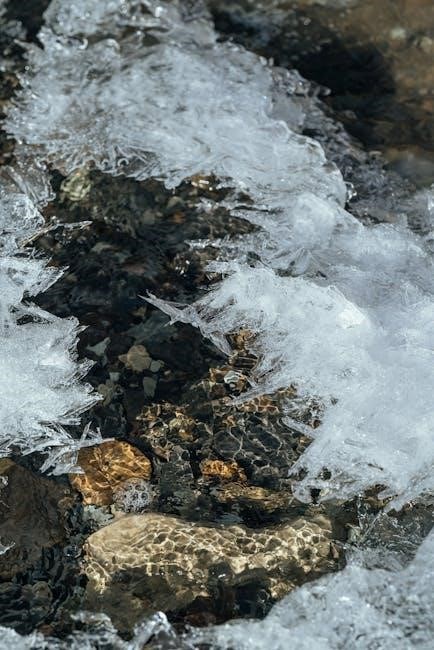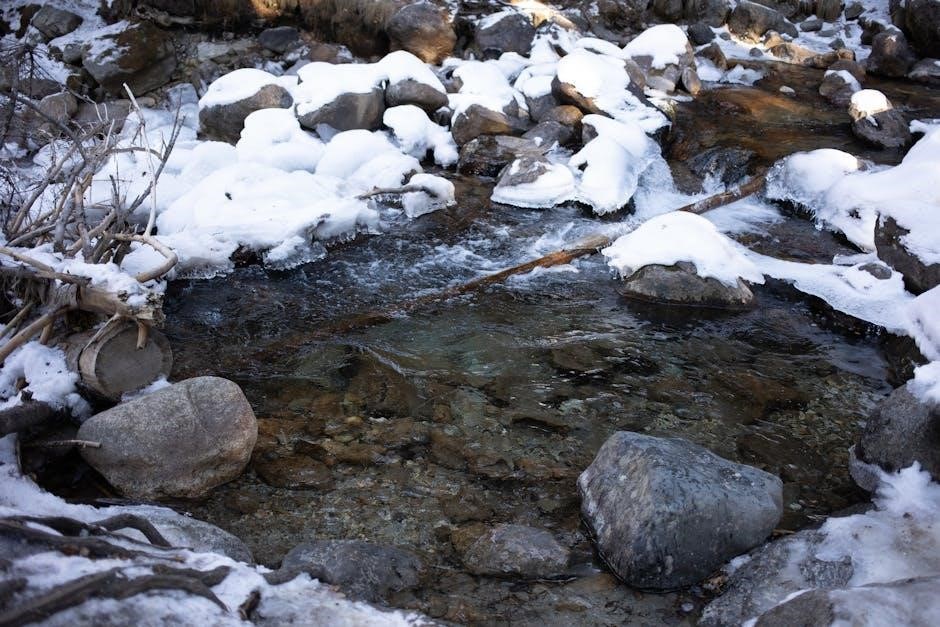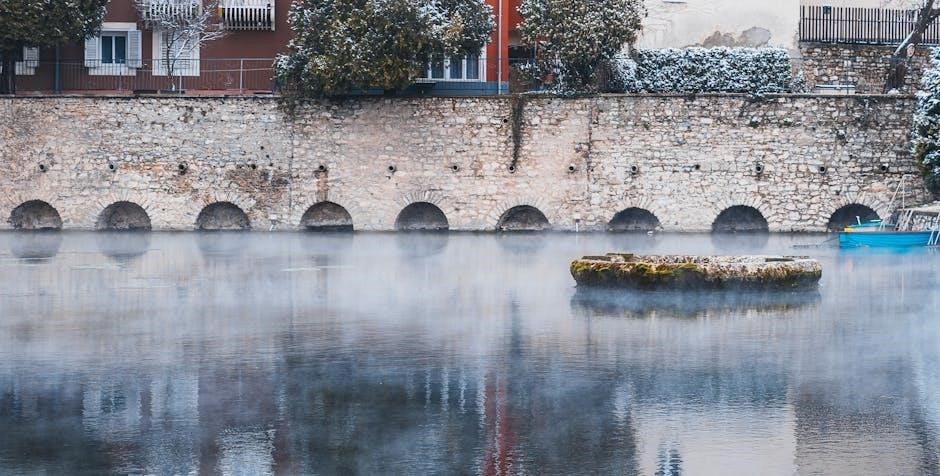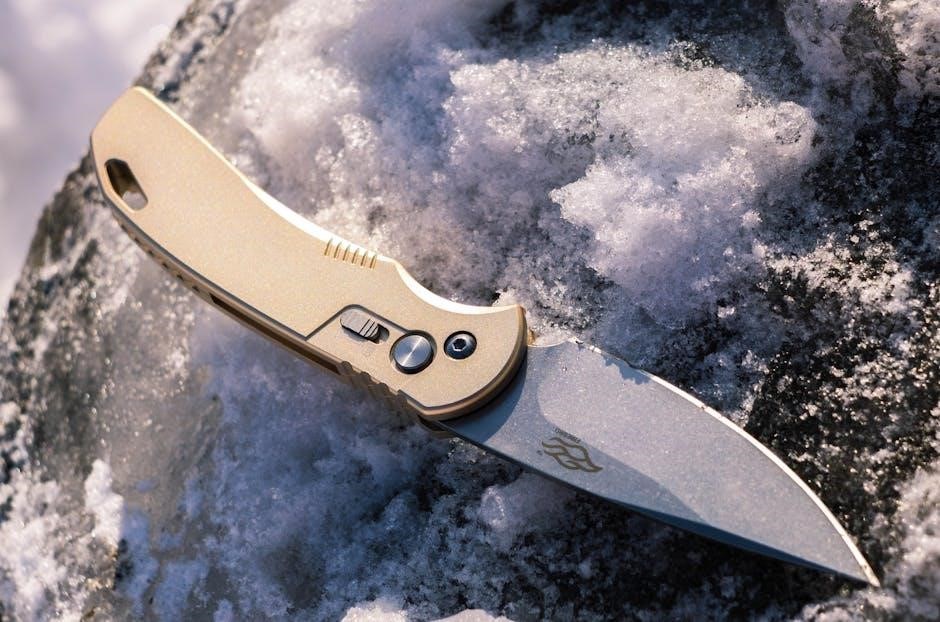Cake Pricing Guide 2023: A Comprehensive Overview
Navigating cake pricing in 2023 requires understanding ingredient costs, labor, and overhead. Utilizing spreadsheets and considering regional variations
(HCOL vs. LCOL) are crucial.
Custom designs and serving sizes significantly impact final costs, with averages ranging from $6-$7 per serving.

Understanding the Basics of Cake Pricing
Establishing a solid cake pricing strategy begins with recognizing that it’s far more than simply covering the cost of ingredients. It’s a multifaceted calculation encompassing your time, skill, and business expenses. A fundamental principle is to value your labor; determine a realistic hourly rate reflecting your expertise and experience.

Begin by identifying your “cost of goods sold” – the direct expenses tied to each cake, including flour, sugar, eggs, and decorations. Don’t underestimate the impact of overhead costs like utilities, rent (if applicable), and equipment maintenance. These indirect expenses must be factored into your pricing to ensure profitability.
Different pricing methods exist. Cost-plus pricing involves calculating all costs and adding a desired profit margin. Per-serving pricing, common in wedding cake estimations, assigns a price based on the number of portions the cake yields. Understanding these basics is the foundation for a sustainable and successful cake business.
Cost of Ingredients
Accurately calculating ingredient costs is paramount to profitable cake pricing. This extends beyond the obvious – flour, sugar, butter, and eggs. Consider every component, from vanilla extract and baking powder to specialized decorations and edible glitters. Maintaining a detailed inventory and tracking price fluctuations is essential, as ingredient costs can vary significantly.

Bulk purchasing can yield substantial savings, but requires upfront investment and storage space. Compare prices from different suppliers to identify the most cost-effective options. Don’t forget to factor in potential waste; overbuying perishable items can negate savings.
Create a standardized recipe costing sheet for each cake flavor and size. This sheet should list every ingredient and its corresponding cost per unit. Regularly update this sheet to reflect current prices. Precise ingredient cost tracking forms the bedrock of your pricing structure, ensuring you aren’t undercharging for your creations.
Labor Costs & Hourly Rate
Determining a fair hourly rate is crucial for valuing your time and skills. Don’t undervalue your expertise! Consider your experience level, the complexity of your designs, and the local market rate for cake decorators. A starting point might be $25-$50 per hour, but adjust based on your specific circumstances.
Accurately track the time spent on each cake, from initial consultation and baking to decorating and delivery. Break down the process into stages to get a precise estimate. This includes time spent on shopping for ingredients, cleaning, and administrative tasks related to the order.
Factor labor costs into your pricing formula. For example, if a cake takes 5 hours to complete at an hourly rate of $30, your labor cost is $150. This figure, combined with ingredient and overhead costs, forms the basis of your final price; Remember, your time is valuable!
Overhead Expenses (Utilities, Rent, etc.)
Overhead expenses are the often-overlooked costs of running your cake business. These are the expenses that aren’t directly tied to a specific cake but are necessary for operation. Accurately calculating these costs is vital for profitability.
Common overhead expenses include rent or mortgage for your workspace, utilities (electricity, gas, water), internet, phone, insurance, and business licenses. Don’t forget about equipment depreciation – the gradual loss of value of your mixers, ovens, and decorating tools.
Allocate a portion of these expenses to each cake you create. A simple method is to calculate your total monthly overhead and divide it by the number of cakes you typically bake in a month. This gives you an overhead cost per cake. Including this cost ensures you’re not losing money on each order. Consider a percentage-based allocation for more complex calculations.
Pricing Methods: Cost-Plus Pricing
Cost-plus pricing is a straightforward method for determining your cake prices. It involves calculating the total cost of ingredients, labor, and overhead, then adding a desired profit margin. This ensures you cover all expenses and earn a reasonable income.
First, meticulously track the cost of every ingredient used in a cake. Next, calculate your labor cost based on your hourly rate (discussed elsewhere) and the time spent baking and decorating. Add to this the allocated overhead expenses for that cake.

Finally, determine your desired profit margin – often expressed as a percentage of the total cost. A common starting point is 20-30%, but this can vary based on your experience, market, and cake complexity. Adding this margin to your total cost gives you your final price. Customizable cake pricing guides, like those available on Etsy, can streamline this process.
Pricing Methods: Per-Serving Pricing
Per-serving pricing is a popular method, especially for tiered and wedding cakes. It establishes a fixed price for each portion the cake will yield, simplifying quotes for clients. However, accurate serving size estimations are crucial for profitability.
Begin by determining a base price per serving, considering your costs (ingredients, labor, overhead) and desired profit margin. As noted in Reddit discussions, average starting prices in high-cost-of-living areas can range from $6 to $7 per serving, increasing with complexity.
Providing a cake serving guide is essential. This chart illustrates cake sizes and corresponding serving counts, aiding client understanding and your pan dimension calculations. Remember to adjust the per-serving price based on flavor, filling, and intricate designs. More elaborate cakes naturally command a higher price per serving, reflecting the increased time and skill involved.
Average Cake Prices by Size & Servings
Establishing average cake prices requires considering both size and the number of servings. A simple 6-inch cake, typically serving 8-10 people, might range from $40 to $60, depending on design and ingredients. A 10-inch cake, serving 14-16, could fall between $70 and $120.
For tiered cakes, pricing becomes more nuanced. A two-tiered cake serving 50-75 guests could range from $300 to $600, while a three-tiered cake for 75-100 guests might cost $500 to $800 or more. Remember that these are averages; custom designs and intricate decorations will significantly increase the price.

Per-serving pricing often dictates the final cost. As discussed on Reddit, a baseline of $6-$7 per serving is common in higher cost-of-living areas. Utilizing a cake serving guide ensures accurate portioning and transparent pricing for your customers.
Wedding Cake Pricing: A Detailed Breakdown

Wedding cake pricing is significantly more complex than standard cake orders, demanding a detailed breakdown of costs. Beyond ingredient and labor expenses, consultation time, design sketches, and delivery fees must be factored in. Expect higher prices due to the artistry and time investment involved.
Tiered cakes are the norm for weddings, with pricing escalating based on the number of tiers and complexity of decoration. A basic three-tiered wedding cake serving 75-100 guests can start around $500, but elaborate designs with sugar flowers or intricate piping can easily exceed $800 or even $1200.
Regional pricing plays a crucial role. In high cost-of-living (HCOL) areas, starting prices can be $6-$7 per serving, while lower cost-of-living (LCOL) areas may see prices around $4-$5 per serving. Always provide a detailed quote outlining all costs before commencing work.
Tiered Cake Pricing Considerations
Tiered cakes necessitate a nuanced pricing approach, moving beyond simple per-serving calculations. Structural support – internal dowels and cake boards – adds to material costs and labor time. Each tier requires individual baking, leveling, and frosting, increasing complexity. Consider the weight of each tier; heavier tiers demand stronger support structures.
Intricate designs amplify pricing. Sugar flowers, hand-painting, and detailed piping significantly increase labor hours. Factor in the time spent creating templates and ensuring design consistency across tiers. Transportation also becomes more challenging and costly with tiered cakes, requiring specialized boxes and careful handling.
Pricing should reflect the skill and expertise required. A simple tiered cake with minimal decoration will be less expensive than a complex masterpiece. Clearly communicate the breakdown of costs to the client, including materials, labor, and delivery. A $125 cake can quickly become more expensive with added tiers and details.
Pricing for Custom Cake Designs
Custom cake designs demand a premium price reflecting the unique artistry and time investment. Begin with a base price determined by cake size and flavor, then meticulously add costs for each custom element. Detailed consultations are crucial to understand the client’s vision and accurately estimate the work involved.
Sculpted cakes require significantly more labor than standard designs, justifying a higher hourly rate. Complex sugar work, hand-painting, and intricate piping all contribute to increased costs. Factor in the cost of specialized tools and materials needed for unique techniques. Don’t undervalue your skill – a finished cake costing $125 reflects expertise.
Present a detailed quote outlining all costs, including design time, baking, decorating, and any additional materials. Consider offering tiered pricing options based on complexity, allowing clients to choose a design that fits their budget. Transparent pricing builds trust and ensures fair compensation for your artistry;
Flavor & Filling Price Adjustments
Base cake pricing typically reflects standard flavors like vanilla or chocolate. However, premium flavors and fillings necessitate price adjustments. Real fruit purees, exotic extracts, and gourmet chocolate all increase ingredient costs and should be factored into the final price.
Homemade fillings, such as salted caramel or raspberry coulis, require additional labor and ingredient expense compared to pre-made options. Layered fillings or multiple flavor combinations also add to the complexity and cost. Clearly communicate these adjustments to clients during the quoting process.

Consider a tiered pricing structure for flavors and fillings – a small upcharge for basic upgrades, and a larger increase for more elaborate options. Document your flavor and filling costs to ensure accurate pricing. Remember, clients often value unique flavor profiles and are willing to pay a premium for them. Transparently explaining these costs builds trust and justifies the price.
Frosting & Decoration Costs

Frosting type significantly impacts cake pricing. Basic buttercream is less expensive than Swiss meringue buttercream or ganache, reflecting ingredient and labor differences. Intricate piping work, textured finishes, and sculpted designs all demand more time and skill, justifying higher charges.
Fondant work is generally priced higher due to material cost and the time-intensive smoothing and detailing process. Fresh flowers, edible gold leaf, and hand-painted details represent substantial material expenses and artistic labor. Complex decorations, like sugar flowers or figurines, should be priced individually based on their complexity and time to create.
Develop a pricing list for common decorations to streamline the quoting process. Factor in the cost of decorating tools and supplies. Clearly outline decoration options and associated costs in your cake menu or consultation materials. Remember, decorations are a key element of visual appeal and perceived value.
Cake Serving Guide & Pan Dimensions
Providing a clear cake serving guide is essential for client expectations and accurate pricing. Standard serving sizes typically range from 1×1 to 1×2 inches, influencing the number of portions per cake. Round cakes are common, with dimensions like 6”, 8”, 10”, and 12” corresponding to varying serving counts – 8, 16, 24, and 32 servings respectively.
Square and rectangular cakes offer alternative serving options. A 9×13 inch sheet cake yields approximately 30 servings. Accurate pan dimension knowledge is crucial for ingredient scaling and cost calculation. Utilize a cake serving chart to visually represent serving sizes and corresponding cake dimensions for customers.
Consider cake height when determining servings; taller cakes yield more portions. Clearly communicate serving sizes during consultations to avoid misunderstandings. Having a readily available guide demonstrates professionalism and aids in order accuracy, ultimately impacting profitability.
Bulk Ingredient Purchasing & Cost Savings
Strategic bulk ingredient purchasing is a cornerstone of cost-effective cake pricing. Sourcing staples like flour, sugar, eggs, and butter in larger quantities significantly reduces per-unit costs. Wholesale suppliers and membership-based stores often offer substantial discounts compared to retail prices. Negotiating with suppliers for better rates, especially with consistent high-volume orders, can further enhance savings.
Proper storage is crucial to maintain ingredient quality when buying in bulk. Consider shelf life and storage requirements for each item. Comparing prices from multiple vendors ensures you secure the most competitive deals. Joining baking cooperatives can provide access to group purchasing power and reduced costs.
Carefully track ingredient usage to avoid waste and optimize purchasing decisions. Implementing a first-in, first-out (FIFO) inventory system helps minimize spoilage. Bulk buying isn’t always the answer; assess your storage capacity and demand before committing to large purchases.
Regional Price Variations (HCOL vs. LCOL)
Cake pricing is heavily influenced by geographic location, specifically the distinction between High Cost of Living (HCOL) and Low Cost of Living (LCOL) areas. In HCOL cities, expenses like rent, utilities, and ingredient costs are substantially higher, necessitating increased cake prices to maintain profitability. Reddit discussions reveal starting prices of $6-$7 per serving in HCOL regions for basic wedding cakes, escalating with complexity.
LCOL areas allow for more competitive pricing due to lower overhead. Adjusting pricing based on local market rates is crucial for attracting customers. Researching competitor pricing in your specific region provides valuable insights. Consider transportation costs if serving areas outside your immediate locality.

Factor in local demand and customer expectations when setting prices. A tiered pricing structure can cater to varying budgets. Transparency with customers regarding pricing factors builds trust and justifies costs.
Tools & Spreadsheets for Cake Pricing
Accurate cake pricing relies on utilizing effective tools and spreadsheets to manage costs and calculate profits. Etsy offers customizable cake pricing guides designed to streamline the process, allowing bakers to input ingredient costs, recipe amounts, and time spent to determine optimal pricing.
Spreadsheets are invaluable for tracking expenses, including ingredients, packaging, and labor. Categorizing costs (fixed vs. variable) provides a clear understanding of overhead. Calculating hourly rates ensures fair compensation for your time and expertise. Consider using templates or creating your own tailored to your specific business needs.
Online calculators can assist with portion sizing and ingredient scaling. Inventory management software helps track ingredient usage and minimize waste. Regularly updating your spreadsheets with current costs is essential for maintaining accurate pricing.
Reviewing & Adjusting Your Pricing Strategy
A successful cake business demands consistent review and adjustment of your pricing strategy. Market conditions, ingredient costs, and competitor pricing all necessitate periodic evaluation. Regularly analyze your profit margins to ensure profitability and sustainable growth.
Monitor ingredient price fluctuations and update your spreadsheets accordingly. Consider seasonal price adjustments based on ingredient availability. Evaluate customer feedback regarding perceived value and willingness to pay. Don’t be afraid to increase prices when justified by rising costs or increased demand.
Assess your time and labor costs to ensure you are adequately compensated. Experiment with different pricing methods (cost-plus, per-serving) to find what works best for your business. Stay informed about industry trends and adjust your strategy accordingly. Periodic reviews – quarterly or bi-annually – are highly recommended.















